Sights and sounds of summer in Vienna
Head to the Austrian capital to enjoy the concerts, outdoor festivals, Baroque palaces and iconic coffeehouses
IF YOU’RE PLANNING TO SEE Europe this summer but are wary of the heat and crowds, consider Austria. Its capital Vienna is a bustling yet charming and culturally rich city lined with Baroque architecture.
In this pedestrian-friendly destination, eschew Uber rides – and especially the touristy horse-drawn carriages. Instead, clock up your steps (the place is easy to navigate), or take a tram to some of the sprawling museums and palaces.
For the love of music
Scores of renowned composers from Mozart and Hadyn to Schubert and Strauss were born in Austria. Operas, concerts and theatrical performances are a huge part of Viennese life. So what better way to enjoy your vacation than at a mood-lifting concert.
Vienna’s Opera House is traditionally closed during July and August, and only reopens in September. But there are plenty of other options, including the monumental St Stephen’s Cathedral. The 12th century Gothic masterpiece, which overlooks the city, boasts stunning multi-coloured tiled roofs with mosaic patterns that depict the Austrian Empire and the Republic.
If a catacomb tour in the depths of the cathedral is not your idea of a summer holiday, then just book one of the concerts. Antonio Vivaldi’s The Four Seasons is performed by the Harmonia Ensemble Vienna from now to October. There are also pipe organ concerts – the church houses one of Europe’s largest organ installations with more than 12,000 pipes.
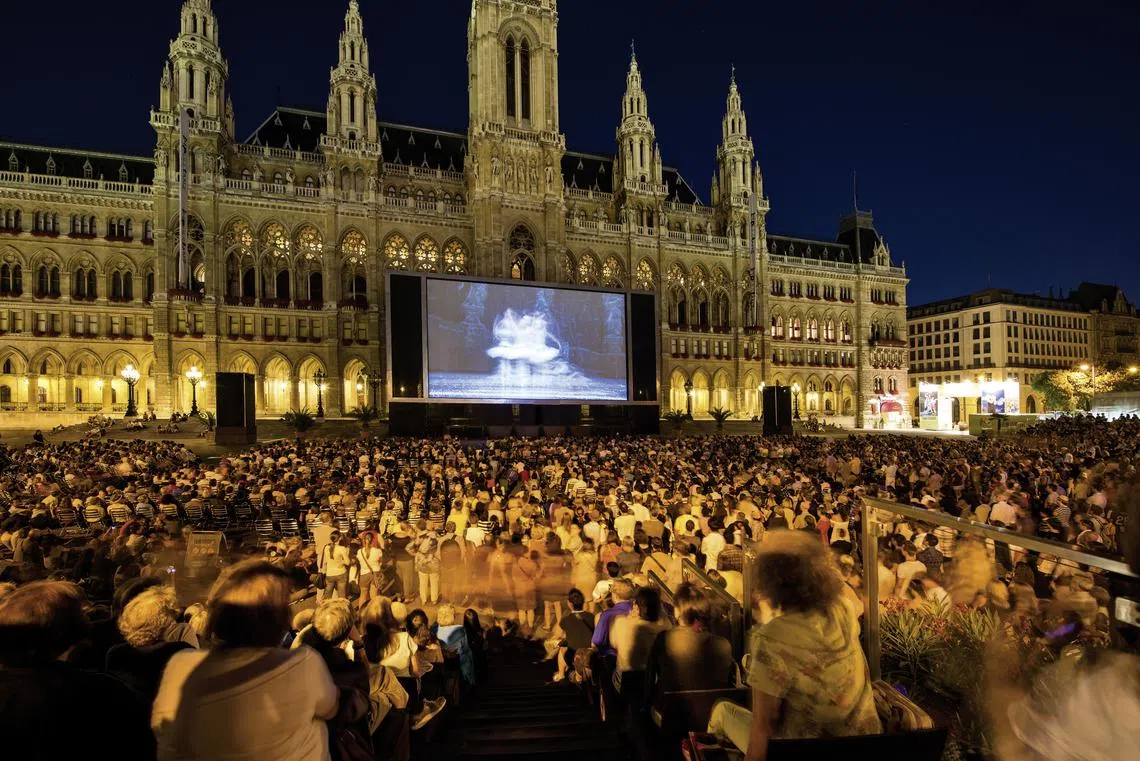
Imagine sitting in the open air on cool summer evenings, accompanied by great food, music and film. You can do just that at Vienna’s Rathausplatz 34th Film Festival (until Sep 1). The event is a unique combination of major music productions and gastronomy under the open sky. Join locals at the square and tuck into sausages, sweet dumplings and other international nosh. This popular Viennese summer festival (free admission) has been running for over 30 years.
Not into classical music? The stage at Kultursommer Wien (Summer of Culture Vienna 2024) festival pulsates with pop, rock, jazz and others. About 2,000 artists take to the stage at this free open-air festival from now to Aug 11.
Baroque beauty
In Vienna, you can’t miss the magnificent palaces with their Baroque architecture and sculpted gardens. The Schonbrunn Palace is an emblematic architectural, cultural and historic palace in Austria. Franz Joseph, the longest-reigning emperor of Austria, was born and bred at Schonbrunn, and he also spent the last years of his life here. He died in 1916 at the age of 86. Following the collapse of the Habsburg monarchy in 1918, the palace became the property of the new Austrian Republic and eventually became a museum.
Schonbrunn Palace has 1,441 rooms, and 45 of them are open to visitors. One of the most stunning spaces is the Hall of Mirrors with its spectacular gilt Rococo decor. It’s said that six-year-old Mozart played the violin for the imperial family here. Today, the Schonbrunn Palace Orchestra showcases a selection of music by Mozart, Strauss and others at the Orangery Schonbrunn.
SEE ALSO
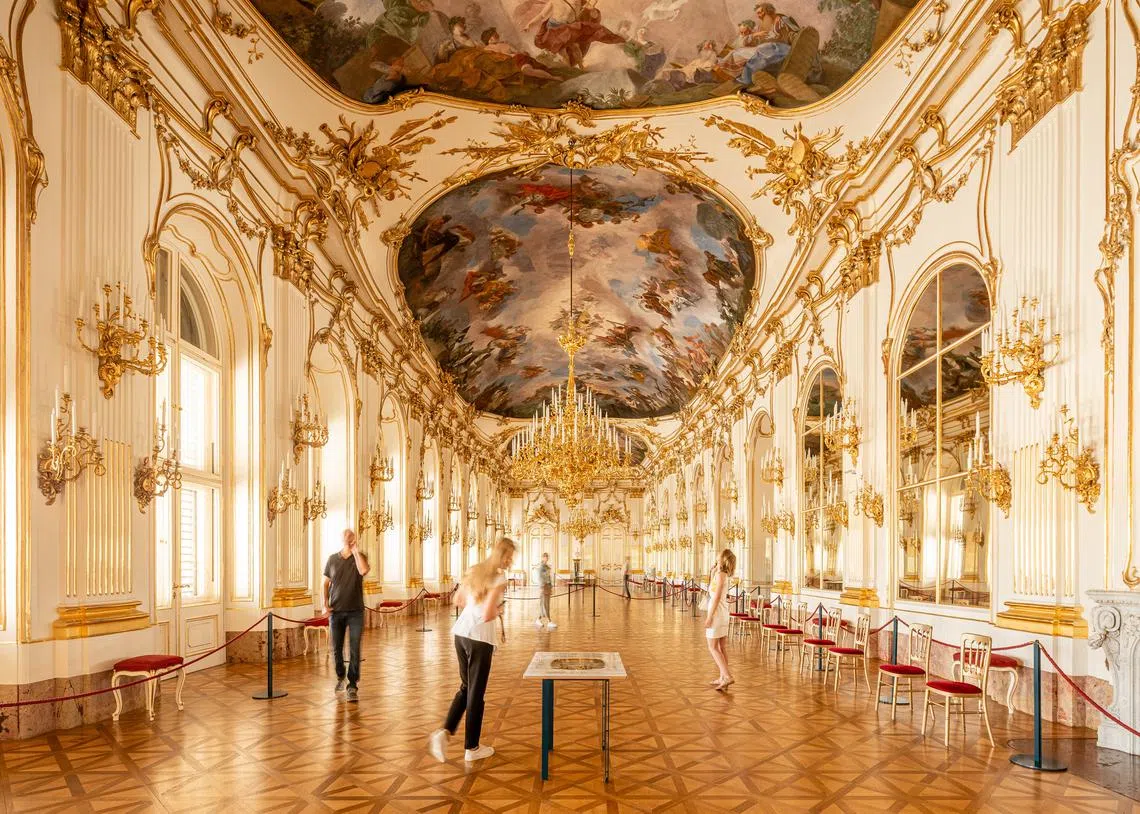
Over at the Belvedere Palace, you will find the biggest Klimt collection in the world. The highlight is of course Gustav Klimt’s masterpiece The Kiss. Look out too for a host of valuable art pieces by famous Austrian artists. This Baroque architectural gem consists of two palaces: Upper and Lower Belvedere. It’s best to purchase tickets online before going if you want to skip the queues.
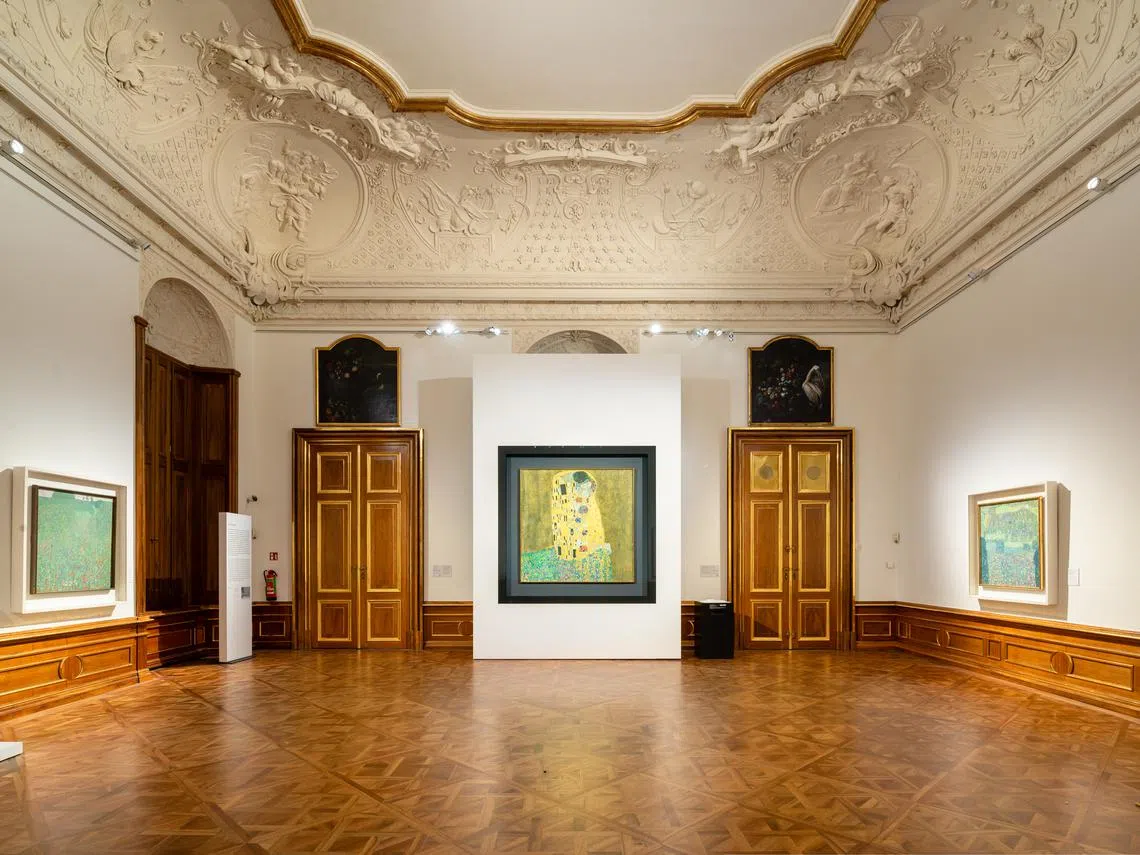
Architecture fans will love the National Library Nationalbibliothek’s Grand Hall (Prunksaal). You are there not to read, but to marvel at the ornate interiors and rich feast of frescoes flanked by towering bookcases. This majestic Baroque hall built between 1723 and 1726 has a spectacular dome ceiling embellished with a stunning fresco by Daniel Gran, an Austrian Old Masters court painter. It depicts an allegory of peace and heaven and the emperor’s apotheosis. The statue of Emperor Karl VI stands just under this central dome.

Cafe culture
In between sightseeing, enjoy a caffeine fix at one of the traditional coffeehouses. The Viennese coffeehouse culture has been part of the Unesco Intangible Cultural Heritage list since 2011.
If you have time for just one pitstop, go to Cafe Demel (Kohlmarkt 14) to take in its old-world charm. It feels cinematic when you enter this establishment founded in 1786.

It doesn’t take reservations, but the queue moves fast as there are multiple levels of dining space. Enclosed within the glass cases are all manner of pastries and cakes. Sip coffee or hot chocolate while you wait for your crisp apple strudel and pillowy pancakes. Heirloom recipes include the chocolatey Sacher Torte and marble bundt cake swirled with Demel chocolate.
Fuel your belly with savoury specialities such as beef goulash or fried chicken with potato salad. And pick up some chocolates for souvenirs before you head out. For those on the go, there’s a side window where you can order your fill of kaiserschmarrn. The light, fluffy morsels of scrambled pancake with slightly crisp edges is dusted with sugar and studded with rum-soaked raisins.
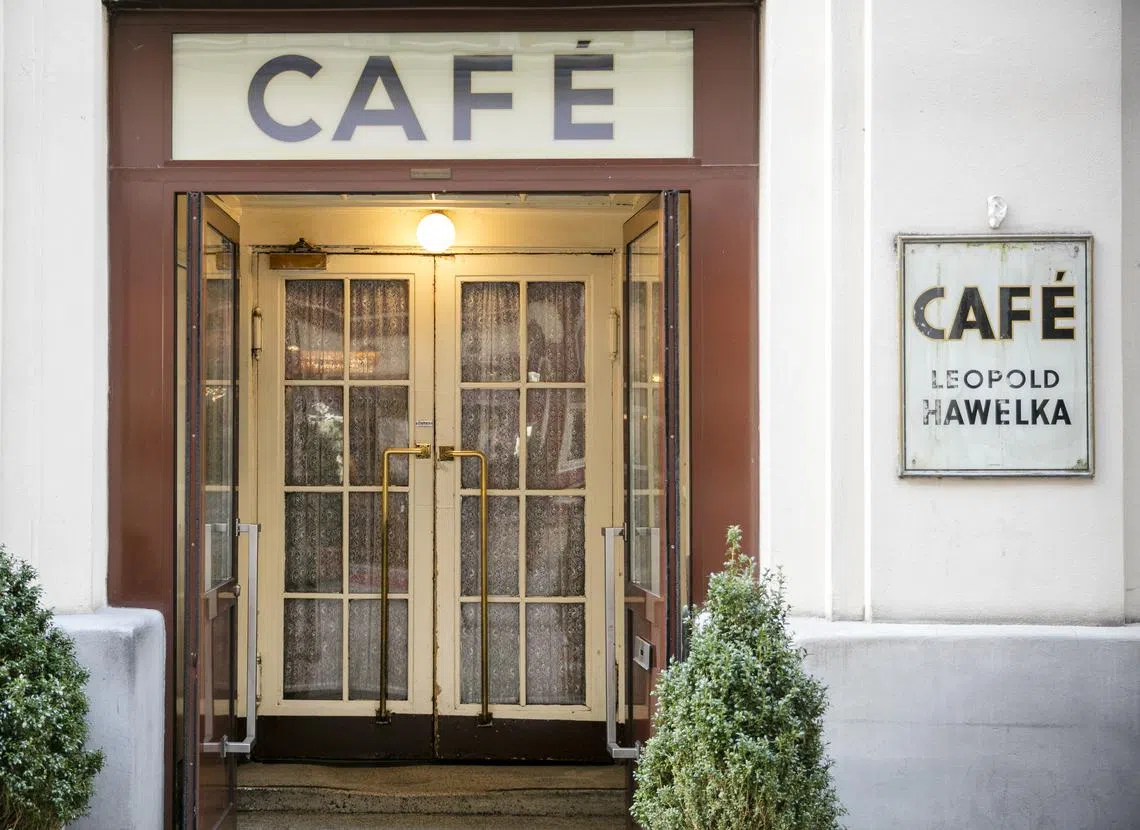
One of the most authentic coffeehouses frequented by Austrians is Cafe Hawelka (Dorotheergasse 6) which has been run by the Hawelka family for three generations. Nothing much has changed since it first opened 88 years ago. The coffeehouse even miraculously survived World War II. Try the legendary Buchteln (sweet buns) created by founder Leopold Hawelka’s wife Josefine in 1936. Another old family-run coffeehouse is Cafe Pruckel (Stubenring 24). Since 1903, this place has been dubbed by the locals as a “second living room”.
Beyond sausages, schnitzels and strudels, consider a fine-dining meal at Steirereck (Am Heumarkt 2A im Stadtpark A-1030). This two-Michelin-starred restaurant, which recently ranked 22nd on The World’s 50 Best Restaurants, serves contemporary Austrian cuisine.
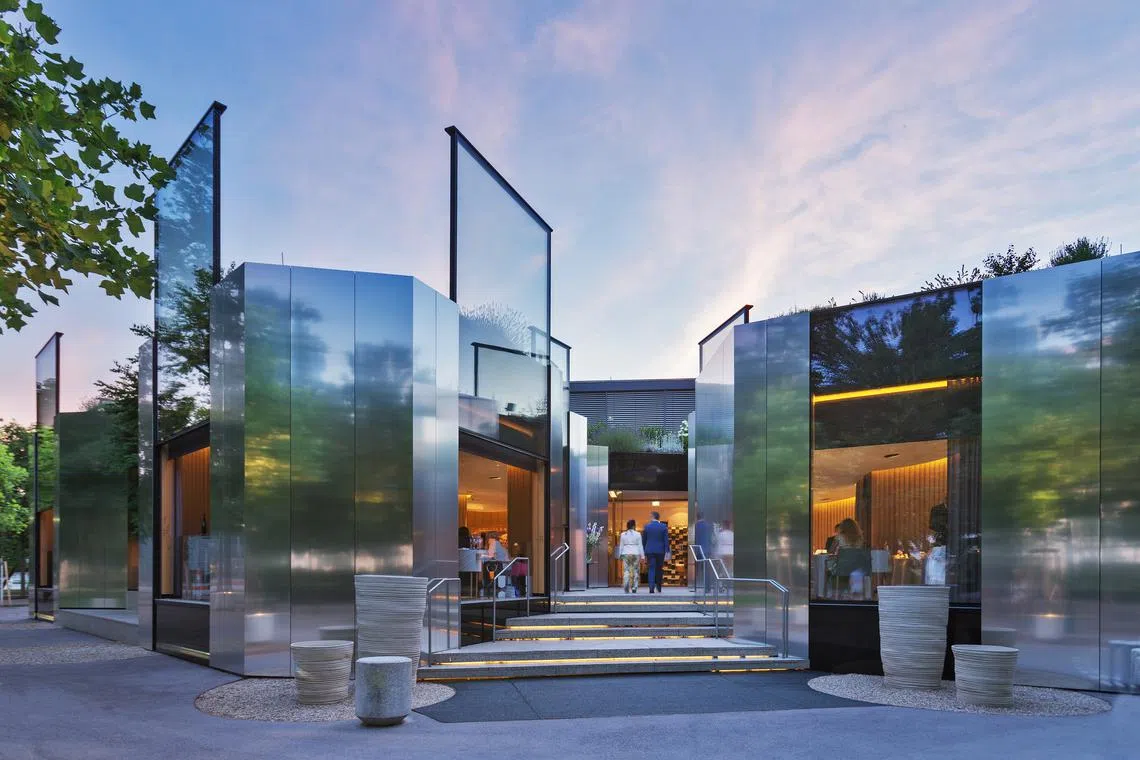
The kitchen uses rare herbs from the rooftop garden which has its own beehives; citrus fruits from the imperial orangery at Schonbrunn; forgotten native vegetables and fruits; and the finest sustainable produce from their farm in Pogusch (in the Austrian Alps).
Chef Heinz Reitbauer took over the family restaurant almost 20 years ago. The original building dates from 1904, but now boasts a modern mirrored-glass extension. Elegant dishes include courgette flower with tomato, nectarine and smoked eel, or sturgeon with gin-infused cherries and Romanesco. The bread trolley rolls out 25 varieties of baked goodness.
Alternatively, swing by their next-door bistro – Restaurant Meierei in Stadtpark (Am Heumarkt 2a) – which is listed under Bib Gourmand. It’s a great place for breakfast or lunch overlooking the park, thanks to the floor-to-ceiling glass windows. Regional delicacies are offered, including 140 types of cheeses. The wiener schnitzel here is said to be one of the best in town. Tender veal is breaded and fried in butter, and simply served with lemon wedges. Pair this speciality with a glass of refreshing Gruner Veltliner.
After your feast, take a stroll in the area. Dotted throughout the park are statues of Viennese artists, writers and well-loved composers. Check out the famous golden Johann Strauss II monument – which commemorates the man who uplifted post-war Vienna’s mood and morale with the joyful Blue Danube waltz. Like the rest of the city, art, music and culture are fittingly celebrated here.
Decoding Asia newsletter: your guide to navigating Asia in a new global order. Sign up here to get Decoding Asia newsletter. Delivered to your inbox. Free.
Copyright SPH Media. All rights reserved.








